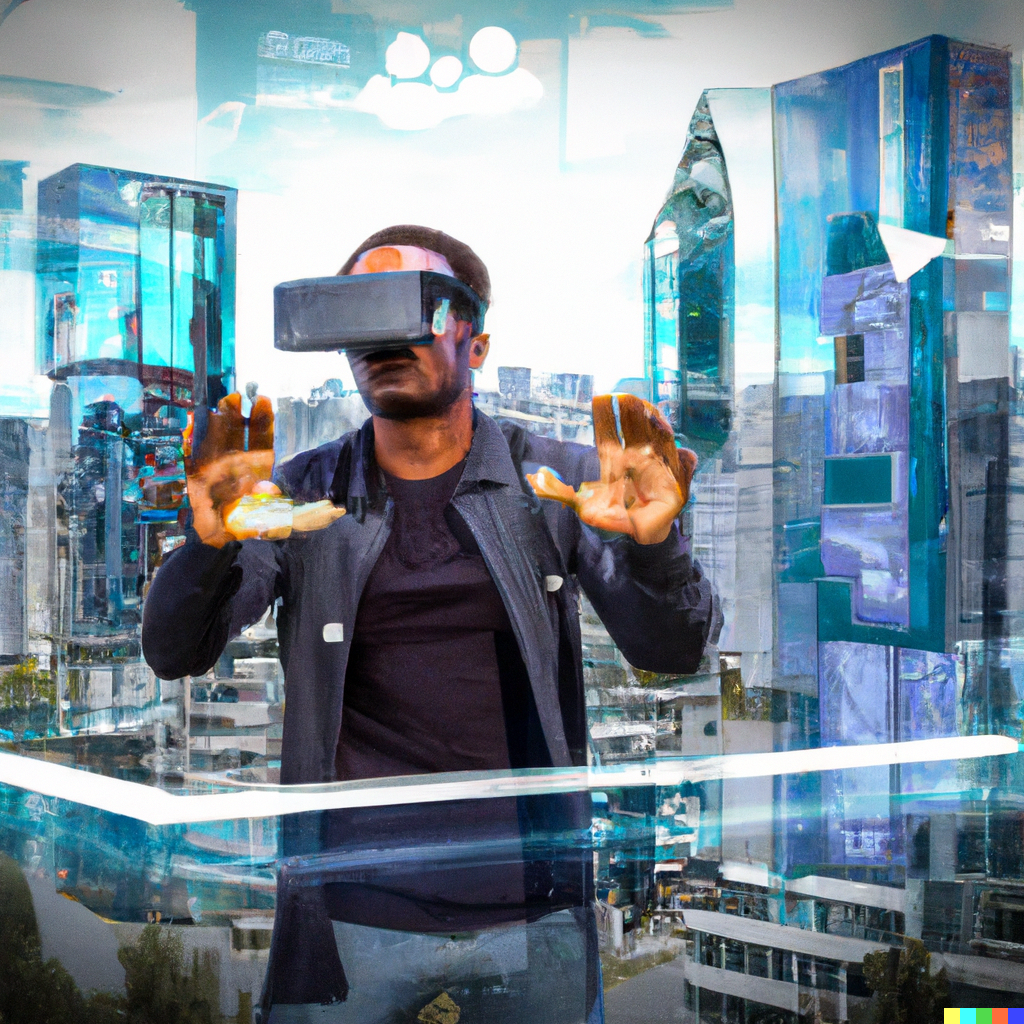In the rapidly evolving landscape of technology, Augmented Reality (AR), Virtual Reality (VR), and Mixed Reality (MR) have emerged as transformative forces reshaping how we interact with the digital world. From enhancing gaming experiences to revolutionizing healthcare and education, AR/VR/MR technologies hold immense potential across various industries. In this comprehensive guide, we'll delve into the intricacies of AR, VR, and MR, exploring their differences, applications, and future prospects.
Understanding Augmented Reality (AR): Augmented Reality overlays digital information onto the physical world, seamlessly blending virtual elements with real-life environments. Unlike VR, which immerses users in entirely virtual worlds, AR enhances the real world by superimposing computer-generated content onto it. Popular examples of AR include Snapchat filters, Pokémon GO, and IKEA's augmented reality furniture app. AR has found applications in diverse fields, including marketing, navigation, retail, and manufacturing. Its ability to provide contextual information and enhance user experiences makes AR a valuable tool for businesses seeking to engage customers in innovative ways.
Exploring Virtual Reality (VR): Virtual Reality immerses users in simulated environments, creating a sense of presence and interaction within digital realms. By wearing VR headsets, users can transport themselves to virtually any location or scenario, whether it's exploring distant planets, experiencing thrilling adventures, or participating in immersive training simulations. VR technology has gained significant traction in gaming, entertainment, and education sectors, offering unparalleled levels of immersion and engagement. Beyond entertainment, VR is increasingly being adopted for therapeutic purposes, such as treating phobias, PTSD, and anxiety disorders. The growing accessibility of VR hardware and the proliferation of VR content continue to fuel its widespread adoption and innovation.
Unveiling Mixed Reality (MR): Mixed Reality represents the convergence of AR and VR technologies, enabling users to interact with both real and virtual elements in a cohesive environment. Unlike AR, which overlays digital content onto the real world, MR seamlessly integrates virtual objects into the user's physical surroundings, allowing for dynamic interactions and spatial awareness. Microsoft's HoloLens and Magic Leap One are prominent examples of MR devices that blend digital holograms with the real world. MR holds immense potential across industries, from immersive design and remote collaboration to hands-on training and interactive storytelling. Its ability to merge physical and digital worlds opens up new possibilities for creativity, productivity, and human-computer interaction.
Applications Across Industries: AR, VR, and MR technologies are revolutionizing various industries, unlocking new avenues for innovation and growth. In healthcare, surgeons use AR to visualize patient data during surgeries, while VR is employed for pain management and rehabilitation therapies. In education, immersive VR simulations enhance learning experiences, enabling students to explore historical events or dive into scientific phenomena. Retailers leverage AR for virtual try-on experiences and interactive product visualization, while MR facilitates virtual prototyping and real-time design collaboration in manufacturing. From architecture and automotive to entertainment and beyond, AR/VR/MR technologies are reshaping the way we work, play, and interact with the world around us.
Challenges and Future Outlook: Despite their immense potential, AR/VR/MR technologies face several challenges, including hardware limitations, content creation complexities, and concerns regarding privacy and ethics. However, ongoing advancements in hardware, software, and user experience design are addressing these challenges and driving widespread adoption. The future of AR/VR/MR holds promise for even greater integration into our daily lives, with advancements in artificial intelligence, spatial computing, and haptic feedback further enhancing immersive experiences. As these technologies continue to evolve, they will undoubtedly shape the future of human-computer interaction, paving the way for a more connected, immersive, and augmented reality.
Conclusion: In conclusion, Augmented Reality, Virtual Reality, and Mixed Reality are revolutionizing how we perceive and interact with the digital world. From enhancing entertainment and gaming experiences to driving innovation across industries, AR/VR/MR technologies are transforming the way we live, work, and play. As these technologies continue to mature and evolve, they will unlock new possibilities for creativity, collaboration, and exploration, ushering in a new era of immersive computing. Whether it's experiencing distant worlds in VR, augmenting our reality with digital overlays, or seamlessly blending virtual and physical environments in MR, the future of AR/VR/MR is boundless, offering endless opportunities for innovation and discovery.
